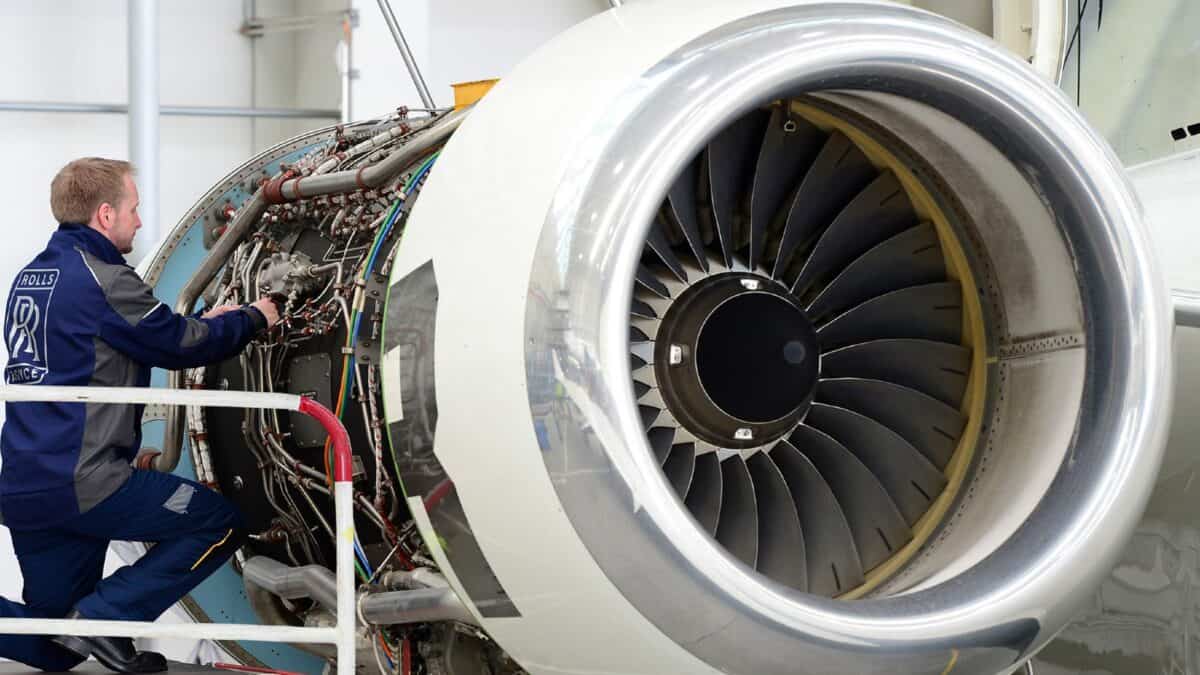
Image source: Rolls-Royce plc
A key potential driver for further rises in Rolls-Royce’s (LSE: RR) share price was re-emphasised to me on 21 August. It was another upgrade in the firm’s credit rating – by Standard & Poor’s (S&P) — to BBB from BBB-.
Credit ratings are overlooked by many investors, in my experience. However, they are as crucial to a company’s future financial prospects as they are to an individual’s.
For both, they dictate how much credit can be accessed and at what cost. They also influence how willing financial institutions are to discuss future opportunities for either.
In the top tier of global companies
All companies are ranked according to their overall creditworthiness by the world’s rating agencies. These range from levels of ‘speculative’ quality at the bottom to degrees of ‘investment’ quality at the top.
S&P had already increased its ranking for Rolls-Royce to investment grade earlier this year. The other two major global ratings agencies – Moody’s, and Fitch – also promoted it to that level in the past year or so.
This latest upgrade underlines that the company is consolidating its position in this most rarefied of credit rating brackets.
At its Capital Markets Day on 28 November last year, Rolls-Royce highlighted the securing of this top ranking as a key to its future growth.
What will this growth look like?
The firm committed back then to three broad strategies to be achieved by 2027. First, to become a high-performing, competitive, and resilient business. Second, to grow sustainable cash flows. And third, to build a strong balance sheet and to increase shareholder returns.
More specifically, it is targeting an operating profit of £2.5bn-£2.8bn, an operating margin of 13%-15%, and a return on capital of 16%-18% by that point. It also aims for free cash flow of £2.8bn-£3.1bn by then.
These targets imply significant growth from now, reflected so far in very strong full-year 2023 results and H1 2024 results.
Do these figures look realistic?
The major risk to Rolls-Royce in my view is that the pace of expansion puts a strain on its production capabilities. In fact, Airbus stated on 25 June that Rolls-Royce engines for its A330neo were behind schedule.
Repeated comments of this nature would damage the firm’s reputation and ultimately damage sales prospects.
That said, as of 21 August, S&P believes Rolls-Royce’s prospects are at least as good as the firm itself thinks.
The ratings agency expects adjusted EBITDA margins at 18%-19% in 2024 and 2025, and free operating cash flow of £2.1bn-£2.3bn in the same years.
It also expects the balance sheet to keep strengthening, with adjusted debt-to-EBITDA remaining well below 1.5 times in 2024-2025. This debt level is considered healthy for firms in its sector.
What is a fair value for the shares?
On the key price-to-earnings (P/E) stock valuation measurement, Rolls-Royce trades at 18.1.
This is at the bottom of its peer group, which averages a P/E of 34.6.
A discounted cash flow analysis shows the stock to be 57% undervalued at the present price of £4.97.
Therefore, a fair price for the stock would be £11.56, although it may go lower or higher than that.
If I did not already own other shares in the same sector, I would buy Rolls-Royce today for this extreme undervaluation and exceptional growth prospects.













